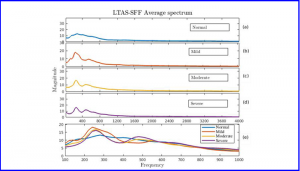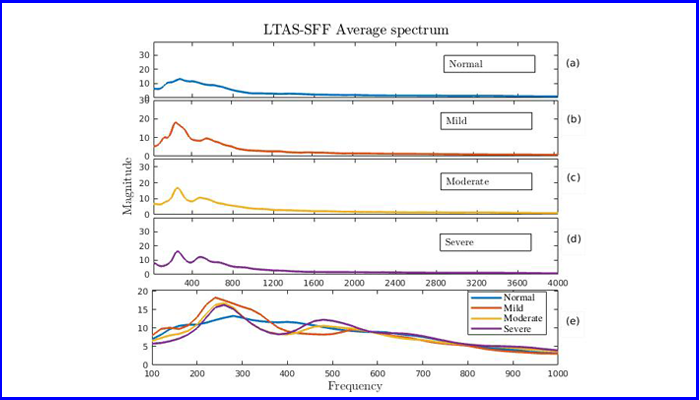Mohammad Hashim Javid received his MS in Electronics and Communication Engineering (ECE). His research work was supervised by Dr. V Anil Kumar.
Here’s a summary of Javid’s M.S thesis, Detection and Assessment of Hypernasality in CLP Subjects from Continuous Speech as explained by him:
Hypernasality is a prominent characteristic of speech production observed in subjects with Cleft Lip and Palate (CLP). In the clinical diagnosis of individuals with CLP, it is essential to identify and assess the hypernasality in speech. The assessments techniques are invasive, which affect the natural way of speech production. So automatic objective assessments have gained popularity as they are repeatable, easily accessible, and cheap. Nevertheless, several works in literature that try to address this problem and try to extract fine features which capture the effects of hypernasality on the speech signal. However, almost all the current works try to address the problem in individual vowel sound units. In contrast, this work tries to address the problem of detection and assessment of hypernasality from continuous speech which involves complex articulatory movement. It is similar to the assessments carried out by speech and language pathologists. The hypernasality is a result of an abnormal vocal tract, where the air leaks through the clefts into the nasal tract, resulting in nasalization. The nasalization alters the spectrum of the speech signal in different ways depending on the configuration of the vocal tract. So accounting all different changes for all possible sounds is impossible. Generally, the nasal tract is different from oral tract as it is longer and has no moving articulators. This thesis proposes Single Frequency Filter Bank Based Long Term Average Spectral (SFFB-LTAS) features that enhance the contrast between nasal tract an oral tract for detection and assessment of hypernasality from continuous speech. Further, the impact of nasalization on excitation source has been studied. The experimental results show that the information of hypernasality is manifested even in excitation source evidence and it is complementary to vocal tract features. The results show that both the excitation source and vocal tract system features are useful for the evaluations. We also present a new database, called New Mexico Cleft Palate Center- Cleft Lip and Palate (NMCPC-CLP) database. It consists of continuous speech utterances from CLP subjects and normal subjects collected at New Mexico Cleft Lip and Palate Center.


